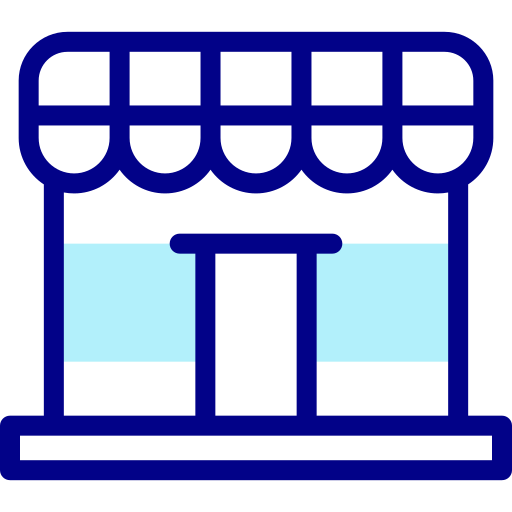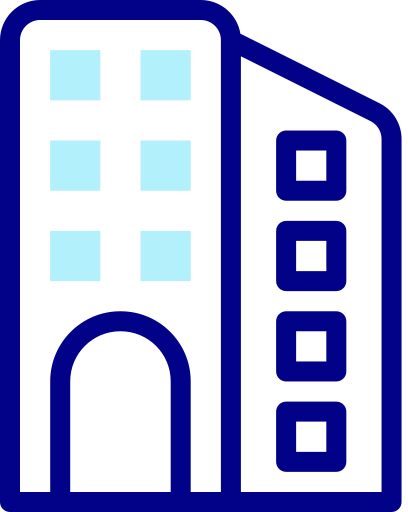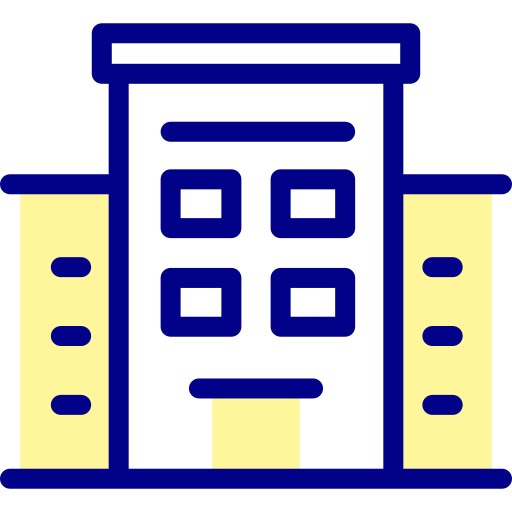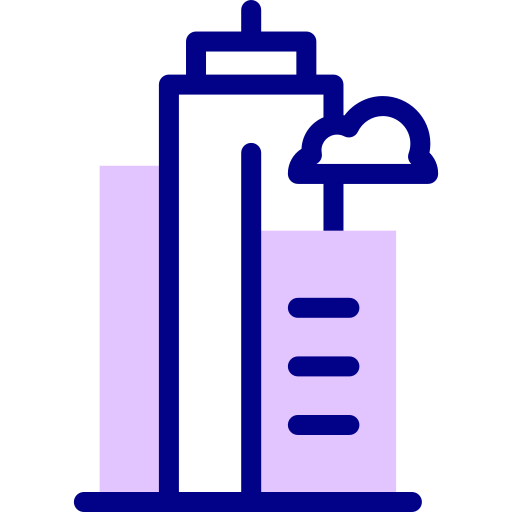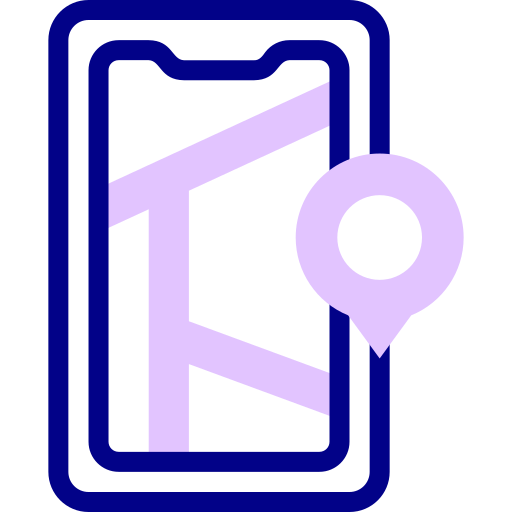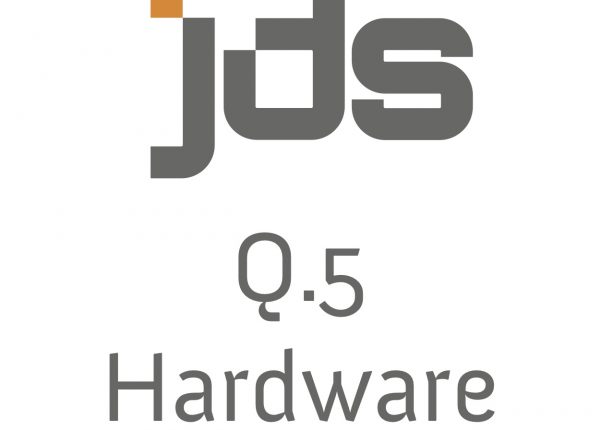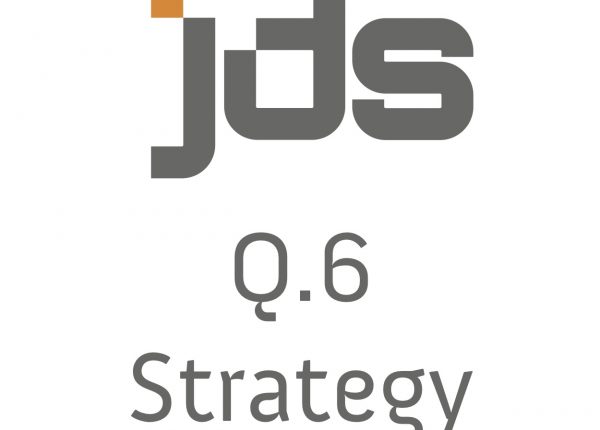Standing out in today’s competitive environment is tough. Shoppers are bombarded with messages, employees are distracted and visitors expect instant information. For businesses, the challenge is finding a way to cut through the noise while keeping content fresh and relevant.
That’s where digital signage comes in.
Instead of relying on static posters or outdated noticeboards, businesses can use digital displays to deliver dynamic content that engages audiences.
In this guide, we’ll walk you through how digital signs work, break down the basic components and highlight real-world applications for Australian businesses.
Digital signage explained
What is digital signage? At its simplest, digital signage is the use of electronic screens to display content such as promotions, announcements or live information.
Unlike traditional print signage, digital displays are versatile. Content can be updated in real time, tailored to different audiences and used across a variety of industries.
Think of digital signage as a modern communication tool. Businesses can use it to share videos, images, menus or messages that keep customers and staff informed and engaged.
From a retail store promoting its latest products to a council updating residents on community events, digital signage has become a powerful solution for business communication.
Digital signage components
A digital signage setup may sound complicated, but it usually comes down to three main elements:
1. Displays
The display is what your audience sees. It could be an LED screen in a shopfront, a freestanding digital poster in a hotel lobby or a wall-mounted screen in a corporate office. Each type has a role to play. For example, digital poster stands are popular for temporary promotions or event information.
2. Media players and software
Behind every screen is a system that controls the content. Media players connect to the display and run the content, while signage software acts like the brain of the operation. It allows users to create, schedule and manage what appears on each screen. Solutions like digital signage software and media players make it simple for businesses to update content without needing technical expertise.
Connectivity
For the system to work smoothly, the hardware and software need to communicate. This connection can be powered by Wi-Fi, a local network or cloud-based platforms. Connectivity makes it possible for managers to control multiple screens remotely, saving time and ensuring consistent messaging across locations.
When you combine these three elements, you have the foundation of a complete digital signage system.
How content is delivered to screens
So, how do digital signs work in practice? The process is simple and easy:
Step 1 — Create content
Content can be anything from a video ad to a text-based announcement. Many businesses design graphics using simple tools, while larger organisations may use in-house designers.
Step 2 — Upload and schedule
The content is uploaded into the signage software. From there, you can schedule when and where each piece of content plays. For example, a café could display a breakfast menu in the morning and switch to lunch specials at midday.
Step 3 — Display
Once scheduled, the content is sent to the media player and displayed on the screen. If changes are needed, updates can be made instantly. This flexibility is one of the biggest advantages of digital signage compared to static signs.
The process is designed to be user-friendly. Businesses do not need deep technical knowledge, just a basic understanding of the workflow.
Common use cases in Australia
Across Australia, digital signage is being used in many industries to communicate effectively and create better experiences. Here are a few examples:
- Local government
Councils often use signage to share community updates, promote events or provide emergency information. LGA government signage can be found in libraries, community centres and public spaces where residents rely on timely information.
- Hotels and venues
In hospitality, signage is used for wayfinding, event promotion and guest communication. From directing guests to a conference room to showcasing upcoming events, hotel and venue signage helps create a seamless guest experience.
- Corporate environments
Workplaces use signage to improve internal communication. Messages about safety, HR updates or staff recognition can be shared across screens in offices or warehouses. Corporate digital signage ensures teams stay connected and informed.
- Retail
Shops and shopping centres use digital signage to highlight promotions and draw attention to new products. LED displays are particularly effective in capturing attention in busy retail hubs, helping retailers stand out in competitive environments.
These use cases show the versatility of digital signage for business. It is not limited to one sector. It’s a tool that adapts to different environments across the country.
Benefits of understanding how it works
Knowing how digital signage works gives businesses an advantage. Here is why:
- Smarter decisions — By understanding the digital signage components, you’ll be better equipped to choose the right mix of screens, software and connectivity.
- Cost efficiency — Businesses can avoid overspending on unnecessary features and focus on the essentials.
- Flexibility — A clear grasp of the system makes it easier to adapt and scale as needs change.
- Better engagement — When content is delivered effectively, businesses can connect with their audiences more meaningfully.
For marketers and managers, this knowledge translates into confidence. Instead of viewing digital signage as complex technology, it becomes a practical solution that can be integrated into everyday communication strategies.
Get modern communication solutions from Just Digital Signage
At Just Digital Signage, we’re driven by a passion for digital signage that has remained strong for almost two decades. Our expertise in electronic signs and digital signage displays positions us as one of Australia’s most trusted providers, offering innovative solutions to businesses nationwide.
From LED digital signage that captures attention in high-traffic areas to digital signage software and media players that make content management simple, we deliver complete solutions designed for real-world business needs.
Whether you’re a local government body, a hotel or a corporate office, our team can help you find the right approach to engage your audience. Explore our full range of digital signage solutions in Australia and discover how your business can benefit from smarter communication today.

